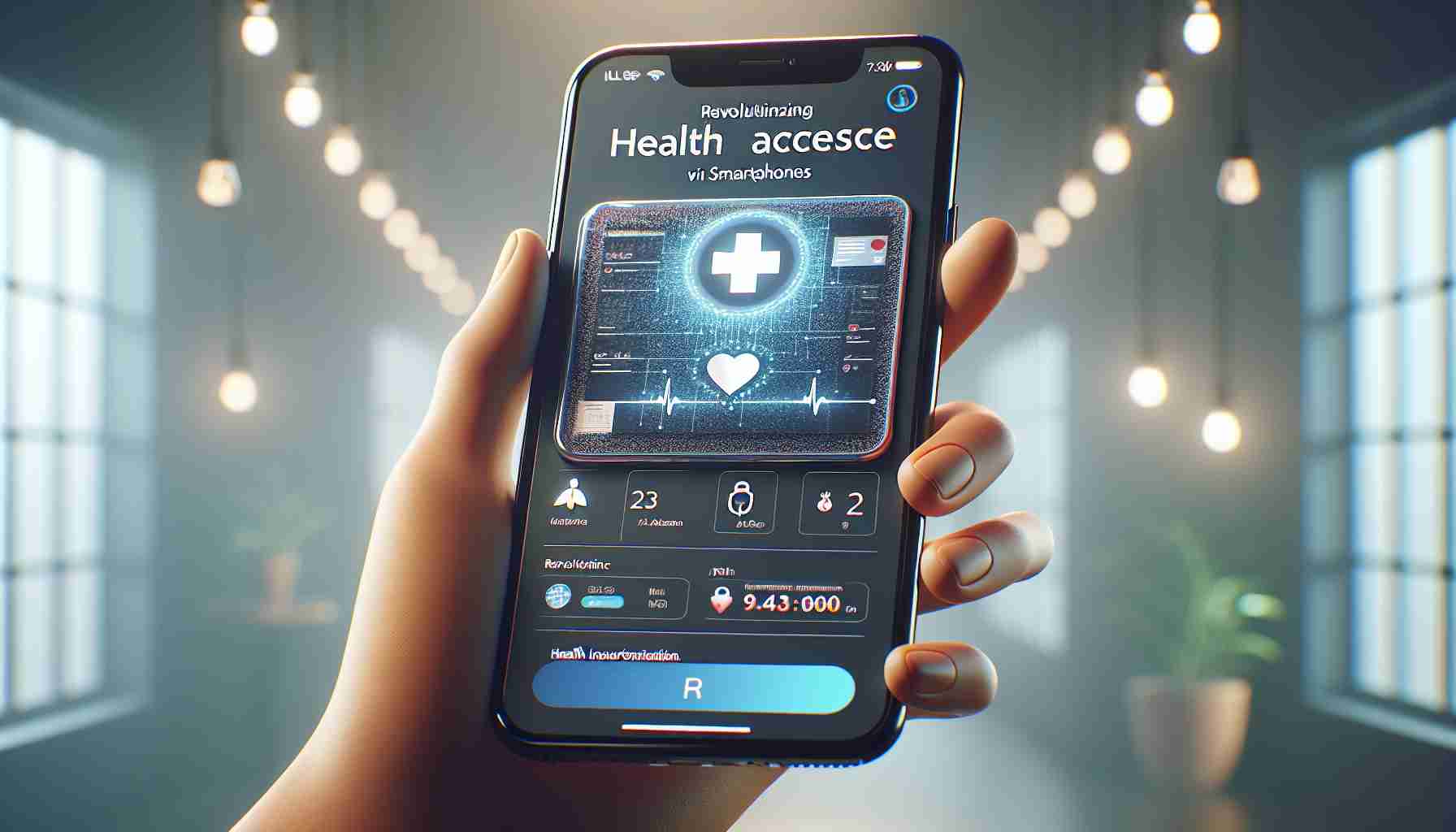In a significant shift towards digital healthcare, Japan’s Ministry of Health, Labour and Welfare is exploring initiatives to enhance the adoption of the “My Number Health Insurance Card” through smartphones. This modernization aims to make healthcare more accessible and efficient.
The upcoming service, set to launch this spring, will require the integration of a general-purpose card reader, which healthcare providers will need to acquire. To alleviate costs associated with this new technology, the ministry is considering financial support for hospitals and pharmacies to purchase these readers, with definitive plans expected by 2025.
As part of a broader transition, the government plans to cease issuing traditional health insurance cards by December 2024. Currently, the uptake of the My Number Health Insurance Card is modest, with only 18.52% usage reported as of November 2023. The government envisions that utilizing smartphones as insurance cards could drastically enhance patient convenience, allowing access to healthcare services without the need to carry a physical card.
Patients will simply select the smartphone option on the existing facial recognition card reader, confirming their identity via PIN or biometric methods on their devices. Following this, they will approach the general-purpose reader to complete the procedure.
The ministry emphasizes that without the installation of necessary equipment in healthcare facilities, the smartphone integration will not succeed. Budget discussions are ongoing to ensure the project’s success, with pilot programs slated for this spring to fine-tune the user experience.
Transforming Healthcare: Japan’s Move to Smartphone Integration for Insurance Cards
Japan is on the brink of a significant transformation in its healthcare system, one that aims to leverage digital technology for more streamlined and accessible medical services. As part of this initiative, the Ministry of Health, Labour and Welfare is actively working on enhancing the functionality of the “My Number Health Insurance Card” through smartphone integration.
Overview of the Initiative
Scheduled for launch this spring, this new service will introduce a general-purpose card reader that healthcare providers will need to adopt. This evolution is a step towards modernizing Japan’s healthcare landscape, where the traditional physical health insurance cards will gradually be replaced. By December 2024, the government plans to completely cease the issuance of these cards.
Features of the New System
The integration of smartphones as health insurance cards introduces several key features:
– User-Friendly Access: Patients will simply choose the smartphone option on the existing facial recognition card reader, authenticate their identity using a PIN or biometric verification on their mobile device, and then proceed to complete the transaction with the general-purpose reader.
– Cost Mitigation: To support healthcare facilities in this transition, the Ministry is considering financial assistance to help cover the costs associated with acquiring the necessary card readers.
Limitations and Challenges
Despite its promising outlook, the success of this initiative hinges on a few significant challenges:
– Device Compatibility: The new system will require compatible smartphones and card reader technology, which may necessitate additional investments from healthcare providers.
– User Adoption: With only 18.52% of the population utilizing the My Number Health Insurance Card as of November 2023, encouraging more individuals to adopt this digital solution will be crucial.
Pros and Cons
– Pros:
– Increased convenience for patients.
– Enhanced security through biometric and PIN authentication.
– Reduced need for physical card storage and management.
– Cons:
– Potential costs for healthcare facilities to implement the new reading technology.
– The necessity for smartphone access, which may exclude some demographics, particularly the elderly or technologically unversed.
Market Trends and Predictions
As digital health solutions gain traction globally, Japan’s initiative aligns with worldwide trends toward telehealth and mobile health technologies. It is expected that by introducing this system, patient engagement and satisfaction levels will rise. InnovationsContinue developed in this area may set a standard for other countries exploring similar transitions.
Conclusion
Japan’s endeavor to modernize its healthcare system through smartphone integration marks a significant leap towards a more efficient and accessible healthcare experience. As pilot programs begin this spring, the focus will be on refining user experience and assessing the viability of widespread implementation.
For more insights into Japan’s healthcare advancements, visit Ministry of Health, Labour and Welfare.
